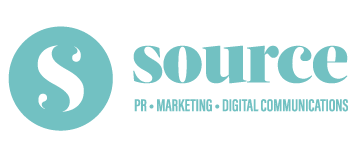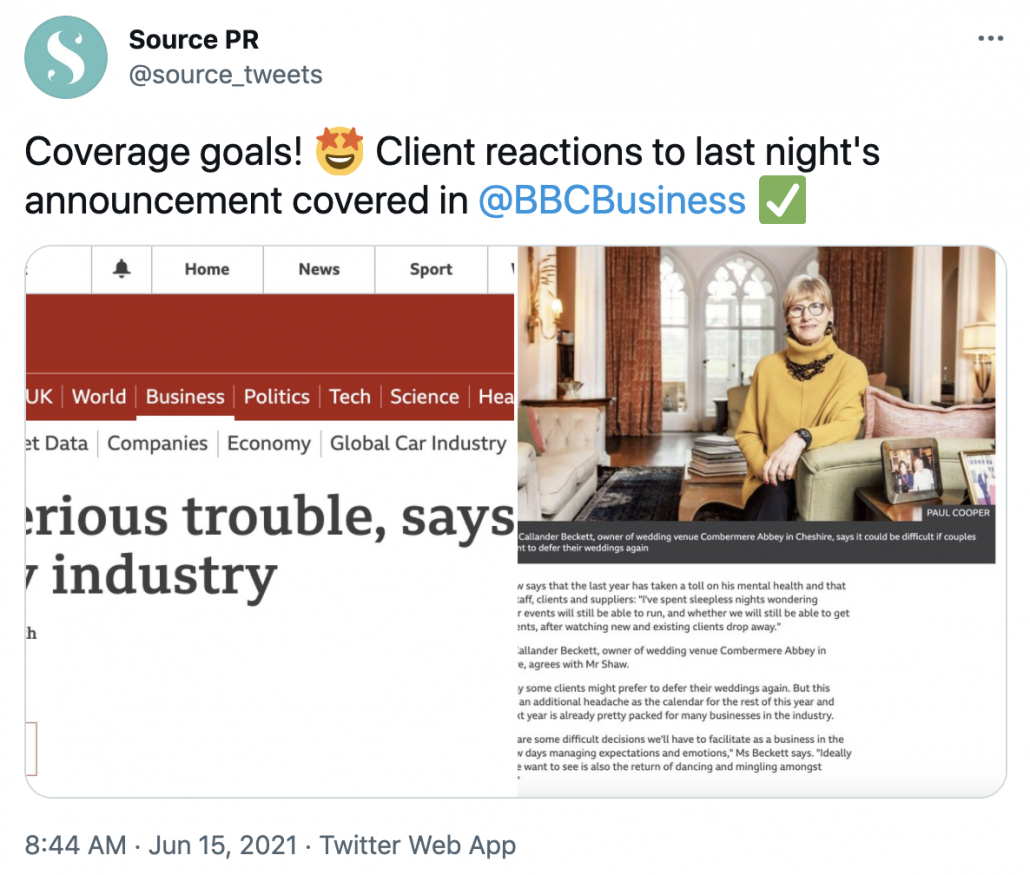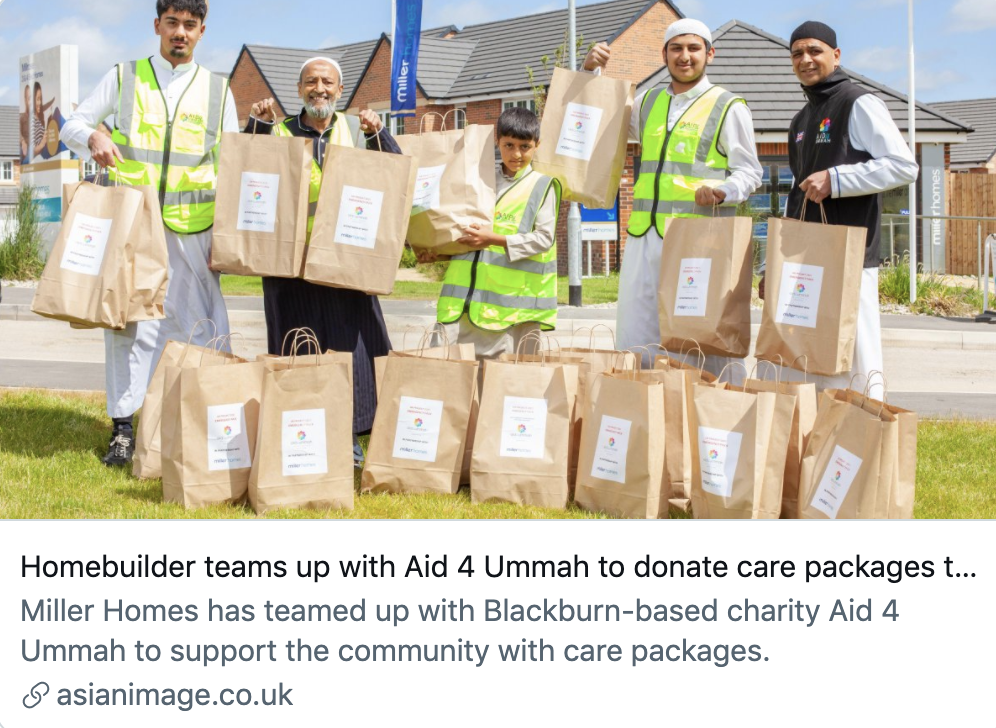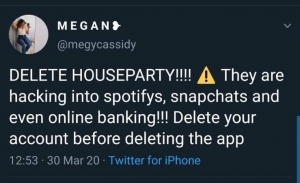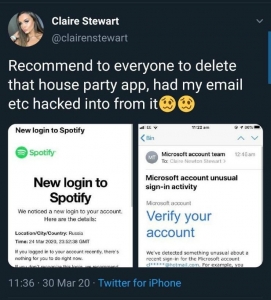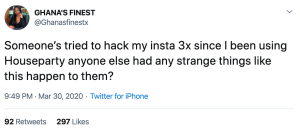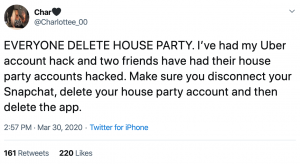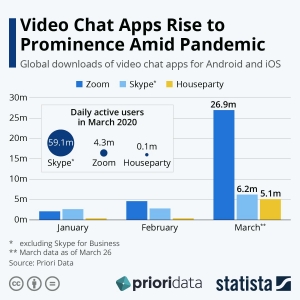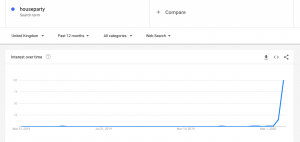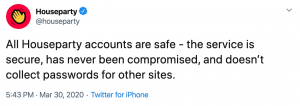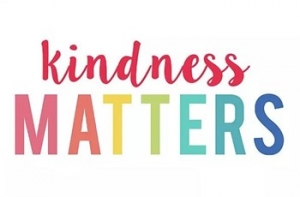How Will July 19th’s “Freedom Day” Change The Way We Communicate?
On Monday 19th July, England is expected to enjoy the end of all Covid-19 induced restrictions. This means nightclubs can open, unlimited numbers can meet both indoors and outdoors, bar service at pubs and restaurants will resume and events such as festivals can get underway for the summer. One of the most anticipated and discussed decisions of the years so far, the opinions surrounding July 19th is truly a mixed bag. As PRs for a number of hospitality clients, this change in the rules is huge for us. So, today, we wanted to talk about how the so-called ‘Freedom Day’ next week will change the way we PR.
Using This Opportunity For Comment Placement
Firstly, July 19th brings about a huge opportunity for businesses, especially those that might have been closed or operating under tight restrictions up until now. We’ll be leveraging these opportunities to get our clients in the press, plenty of journalists will be doing live blogs and frequent articles on ‘Freedom Day’ – how can you join in on the conversation? Only recently, we got one client, the owner of an esteemed wedding venue, in the BBC thanks to being quick-off-the-mark with a reactionary comment to the extended restrictions.
Positive But Mindful Comms
One of the most important things to remember next week, is that although many of us are excited to see the end of restrictions, there are also many who aren’t. Some will still feel hesitant about re-entering normal life and may be still cautious about the virus. Communications should naturally be very positive and enthusiastic, but it might not also be a bad idea to continue communicating about safety restrictions that may be remaining in place for your clients, for those who are more anxious about the situation.
Capturing & Communicating Moments
July 19th is a date that will no doubt go down in the history books, it’s important to capture and communicate special moments from the day. Perhaps you’re a new pub or restaurant having your first ever person at the bar, or maybe a wedding venue hosting your first celebration in 12 months? Whatever it is that’s happening for you or your clients on July 19th, be sure to celebrate it on social and with the media. So many people will be talking about all the various (and hopefully positive) changes to life as we know it, you want to make sure you’re a part of that conversation too.
Ditching The Old Messaging
One of the biggest ways that July 19th will change the way that we ‘PR’, is that most of the messaging from the last year will go out of the window. Though it’s still important to communicate any safety measures where applicable, you’re also going to want to drop most of the Covid-19 messaging from your comms. Many establishments will undergo huge operational changes over the next few weeks, as PRs it’s our job to effectively relay those to audiences and make sure that we’re all on the same page as we enter this next step together.
Embracing Changing Content
Over various periods of lockdowns, home working and ongoing restrictions, the content you would have gotten through from clients would likely have been different. Now that England is opening up again, this is likely to change again. Work with your clients to create the kind of content you wouldn’t have before, whether that’s photography with people enjoying your establishment and your services, or even utilising newfound freedom to create more interesting content such as TikTok videos and Instagram Live updates.
Supporting Others With PR
Finally, one thing we’re planning to consider in our future communications strategies, is that people have suffered throughout the various lockdowns and restrictions, we want to support them with our clients anyway we can. Only recently, with our client Miller Homes, we supported a primary school local to their development who had struggled with fundraising over the past year. This is part of our ongoing CSR activity for our client, and something we’ll consider across the board. Showing you’re helping those out who might’ve been less fortunate than yourselves over the last year, is a great way of reinforcing a positive brand message.
At Source PR, we have a number of clients that will benefit from the July 19th opening, and we’re excited to be supporting them in this next phase. If you’re a business looking to get the most out of the new (or rather, lack of) restrictions, please do get in touch with our friendly team – we’d love to have a chat and get the creative juices flowing.
